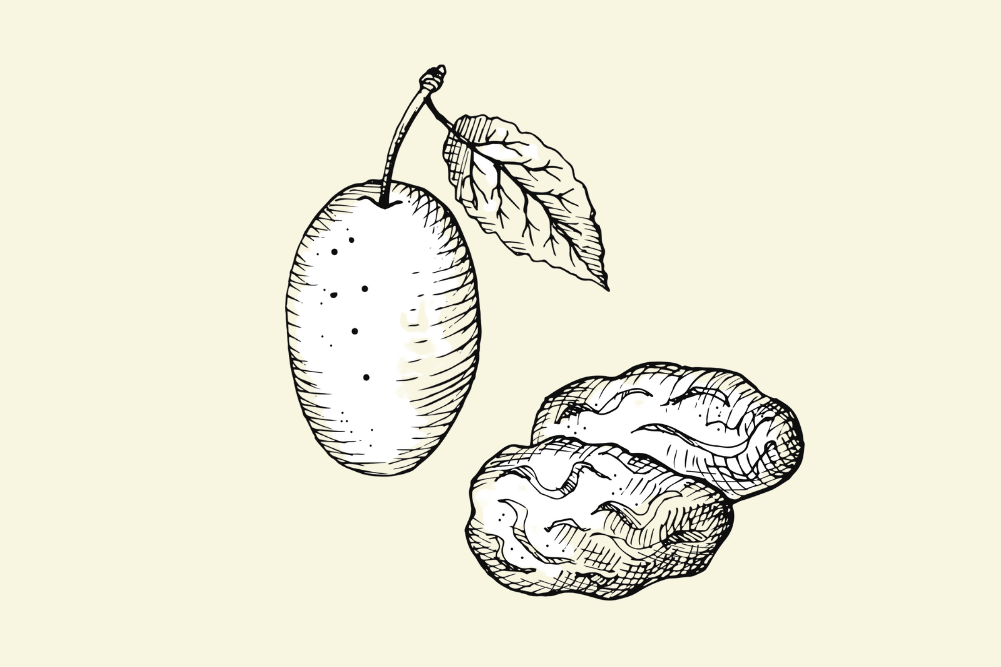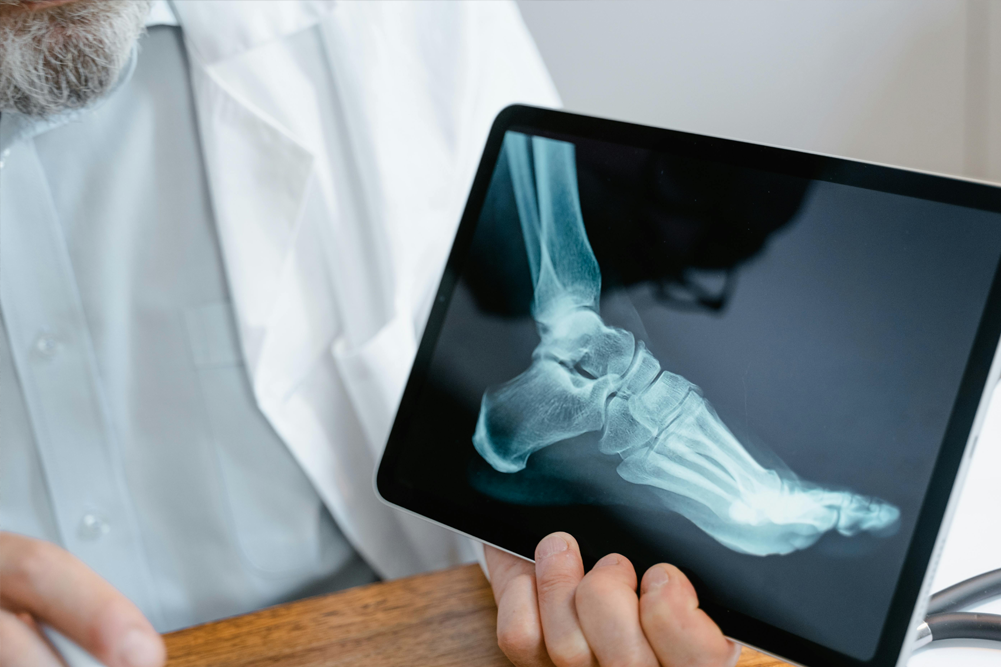Solving a case of puffy eyes
Katie was in her late 50s, a blonde, decidedly plump woman with beautifully styled hair. I complimented her on her shiny, wavy bob and she laughingly informed me that looking after hair was her job — she’d been a hairdresser all her working life. At first glance, Katie looked a picture of good health with tight, pink cheeks and a creamy skin, somewhat marred by baggy eyes. Closer examination, however, suggested that her smooth, unwrinkled skin could be the result of excess fluid accumulation rather than fat.
“I know I look overweight,” Katie began, “but it’s actually water retention. I’ve had the problem for years. I’ve had a lot of tests, after which my doctor gave me the diagnosis chronic idiopathic oedema. I understood oedema but had to look idiopathic up and I’ve been feeling a bit depressed ever since because it means having a disease with no known cause. That’s not really helpful as far as I’m concerned because how can I lose weight if the underlying cause is obscure?
“I was advised to cut out all salty and sugary foods and to concentrate on non-starchy things like meat and fish. It did help for a while and I did lose a bit of weight, but it crept back on gradually and I’m left where I started.
“More recently, I’ve been prescribed fluid pills but, though they do help with a bit of weight reduction, the drawback is that I can’t go anywhere without looking for a loo constantly. It really cramps one’s lifestyle, especially as the frequency is made worse by uncontrollable urgency. When I need to go, I daren’t cough or I wet my knickers.
“I’m really hoping you can shed some light on ‘idiopathic’. I’d love to get rid of my puffy eyes. Sometimes I look like my eyeballs are popping out of a marsupial pouch.”
Beyond “idiopathic”
Katie was indeed suffering from fluid retention. Apart from the very visible pouches under her eyes, her fingers and hands were dimpled, both ankles had lost all definition and my fingertips left depressions all around the sacral region. The overall picture was one of spongy tissues and cellulite.
In my experience, fluid retention is invariably a side-effect of a wide spectrum of causes. In some instances, the body is holding onto water in an attempt to dilute toxins or to buffer inflammation. Lymphatic congestion is also a leading cause of fluid build-up.
Sluggish kidneys will impair the body’s capacity to filter off excess fluid and modern eating habits are not at all helpful. Without efficient kidney function, every mouthful we drink would contribute to waterlogging as well as the retention of toxins and metabolic wastes.
In Katie’s case, there were a number of factors that could be contributing to her lack of forward progress.
Katie had a number of large amalgam fillings in her back teeth. Mercury from dental restorations is recognised to severely impact renal function. The effects of mercury on our urinary system include kidney damage, frequent urination, incontinence and urgency. The effects of mercury toxicity on the lymphatic network include water retention, especially in the lower extremities.
Katie was deficient in a number of essential and conditionally essential amino acids. Protein helps the body to release excess fluid. A protein deficiency often is the reason why weight loss proves difficult.
Katie was dumbfounded by this finding. Despite the fact that protein deficiency seems impossible for anyone living in our affluent Western society, it is surprising how many health-conscious people emphasise fruits and vegetables while cutting down on “gouty” and “acid-forming” protein sources. In some cases, a tight budget predisposes to the purchase of cheap, tummy-filling carbohydrates while expensive cuts of meat and seafood are relegated to the status of treats. Various combinations of amino acid deficiency are remarkably common in clinical practice.
Katie was suffering from a number of major nutrient deficiencies including essential fatty acids and their derivatives (essential fatty acids assist in maintaining equilibrium between sodium and water); flavonoids, which play an important role in the health of blood vessels; potassium (low potassium will cause water retention); pyridoxine (vitamin B6, helps to prevent “leaky” small blood vessels that release too much fluid and protein into tissues. Diuretics are completely useless in this situation and can actually make things worse); ascorbic acid (oedema can be a side effect when there is a shortage of vitamin C); and vitamin D3, which helps the body excrete excess fluids.
Katie proved to have quite a range of “silent” food allergies, the worst being gluten, corn and corn syrup, MSG, maltodextrin and coffee. She also showed a marked reaction to synthetic hormones in her birth-control pill.
Treatment
Katie’s remedial program placed heavy emphasis on the importance of dietary changes to address her vitamin and mineral shortfalls. This was managed by the regular inclusion of foods she felt happy with: essential fatty acids from walnuts and purslane; anthocyanidins and flavonoids from apples, strawberries, raspberries, blueberries and red grapes; flavonones from citrus; flavonols from broccoli; flavones from parsley, celery and chilli peppers and isoflavones from fresh peas, miso and chickpeas; pyridoxine from old-fashioned raw oats, avocado and bananas; ascorbic acid from Brussels sprouts and coleslaw; sweet potatoes, pawpaw and pineapple; and D3 from more hours of gardening in natural sunlight, with an interim short-term supplement boost.
Katie was decidedly puzzled by her allergies. “I’ve never had any obvious symptoms,” she mused.
I explained that, although her body was producing antibodies against certain foods and chemicals, it didn’t mean that an obvious physical reaction would follow. Gluten sensitivity is an outstanding example of this. At least 70 per cent of clients have some degree of gluten intolerance yet only a tiny percentage are aware that the grains and cereals they are happily eating are the culprits responsible for many of their unexplained ailments.
Following removal of all mercury amalgams, regular Epsom salts baths, lymphatic support from anti-inflammatory enzymes and a homoeopathic formula (Larrea divaricata) together with simple dietary adjustments, Katie’s chronically waterlogged tissues gradually responded. Much to her delight, weight began to drop off and she now buys her clothes three sizes smaller than she used to. The last time I saw her she hugged herself in delight, pointed to her face and laughed, “Look, no more puffy eyes!”
Karin Cutter runs a naturopathic clinic in Port Macquarie, NSW, Australia. T: +61 2 6582 4435







